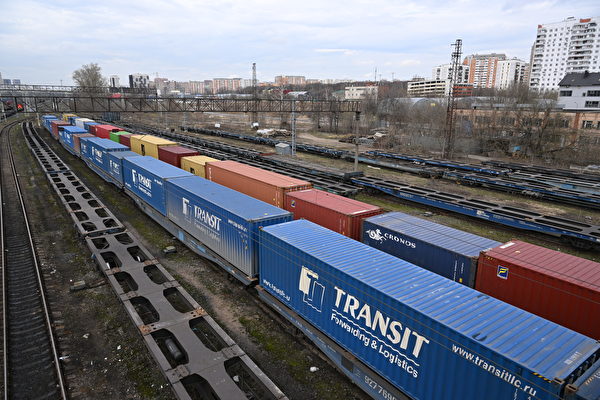In response to the constraints of the U.S. secondary sanctions, trade between Russia and China is becoming increasingly complex. Chinese exporters are being questioned for seeking third-country transit trade to evade the international sanctions imposed by Western countries on Russia for its invasion of Ukraine.
According to a report by the Russian newspaper “Izvestia”, as the secondary sanctions from the West expand, Chinese companies, especially those dealing with electronics products affected by sanctions, are seeking to transport goods through third countries to bypass the sanctions.
The report states that some Chinese companies are no longer shipping goods directly to Russia but instead are using Central Asian countries such as Kyrgyzstan and Kazakhstan as transit points to indirectly transport goods to Russia.
At the same time, since June this year, Washington’s expansion of the definition of Russia’s military-industrial base and implementation of secondary sanctions have led to more Chinese banks unwilling to engage in payments and foreign trade settlements with Russia.
According to the report by “Izvestia”, now 98% of Chinese banks, including small local banks, refuse to accept direct yuan transfers from Russia, and in the past three weeks, the flow of applications for transactions through third countries has increased several times.
“Newsweek” cited Ilona Gorsheneva-Dolunts, representing the Russian Small and Medium Business Association (Opora Russia) in China, who stated that Chinese suppliers are requesting Russian entrepreneurs to allow them to transport goods through other countries.
Gorsheneva-Dolunts added that as pressure on Chinese financial institutions from Western secondary sanctions grows, even some products not on the sanctions list are being treated this way.
In June, the U.S. think tank The Atlantic Council pointed out that according to data from the UN Comtrade and the Chinese government, the number of vehicles shipped from China to Kyrgyzstan surged from 2021 to 2023, and several other Central Asian countries have reported this trend.
This indicates that these vehicles may ultimately end up in Russia. The report noted, “Although Kyrgyzstan has often underestimated import data before the (Russia-Ukraine) war, it would not spend a quarter of its GDP on importing vehicles from a single country.”
Furthermore, the report mentioned that the total value of cars imported by Kazakhstan in 2023 was nearly $7.8 billion, more than double the import volume from 2021.
Many Chinese automotive export products are nominally stated to be going to Central Asia but are actually being transported to Russia.

